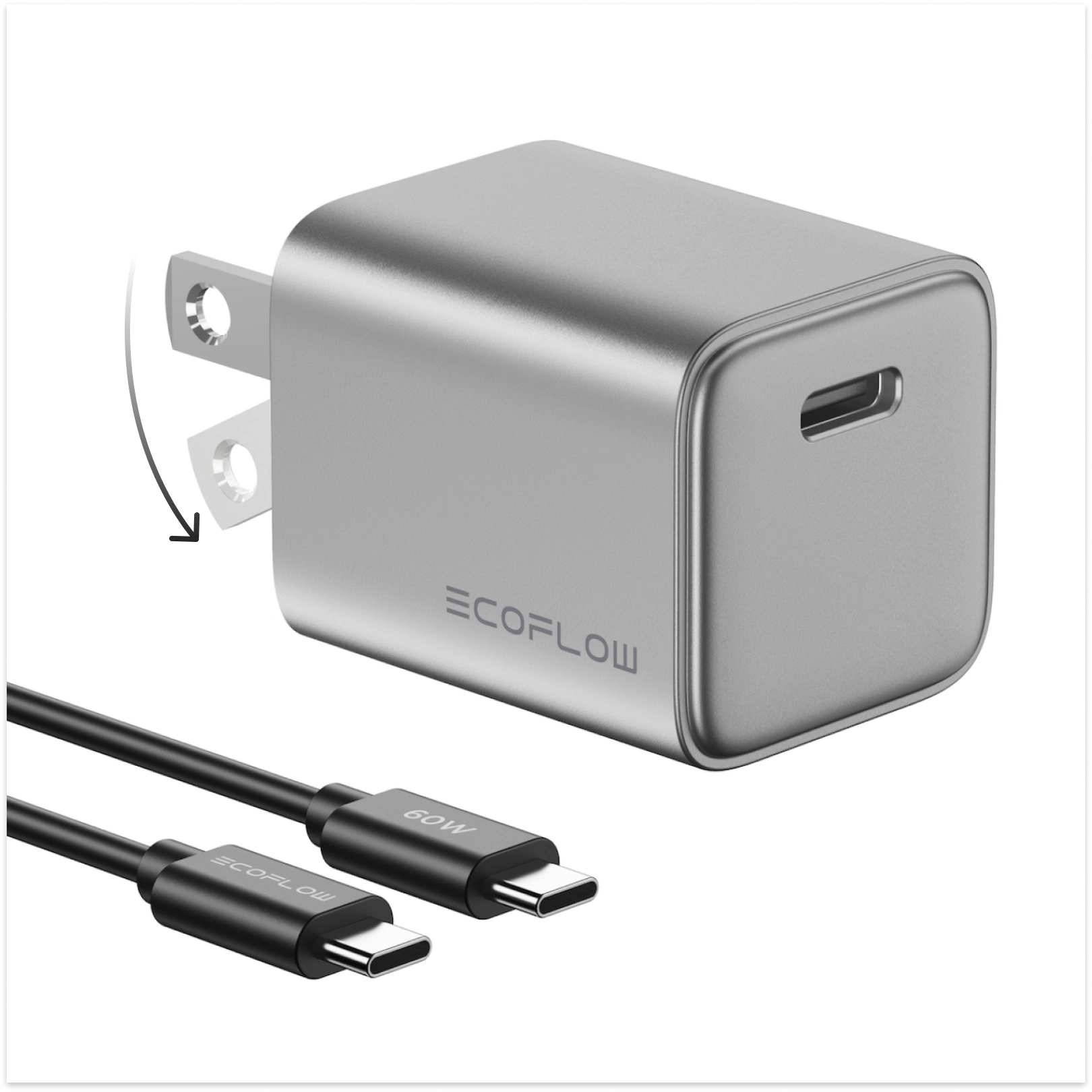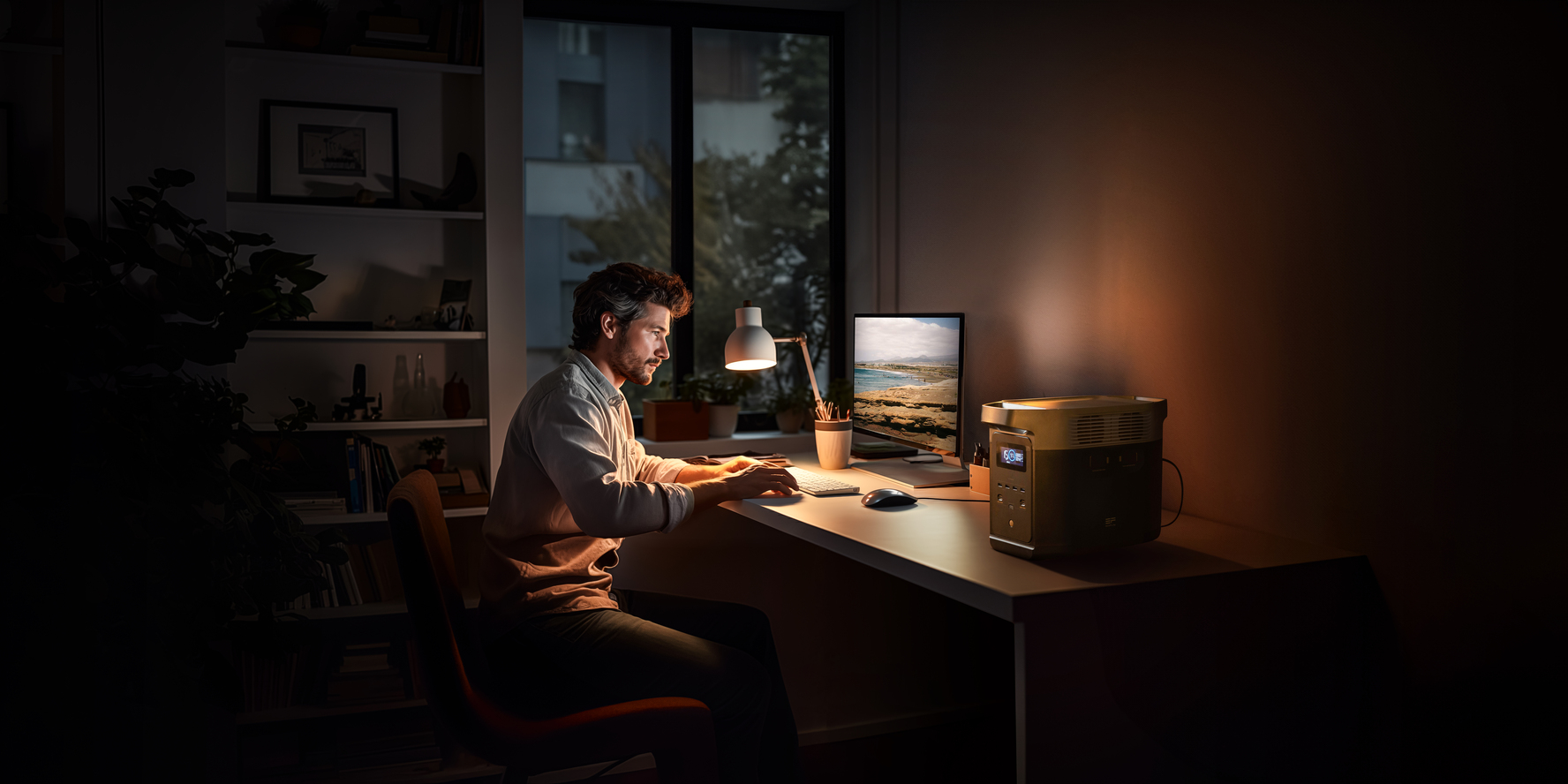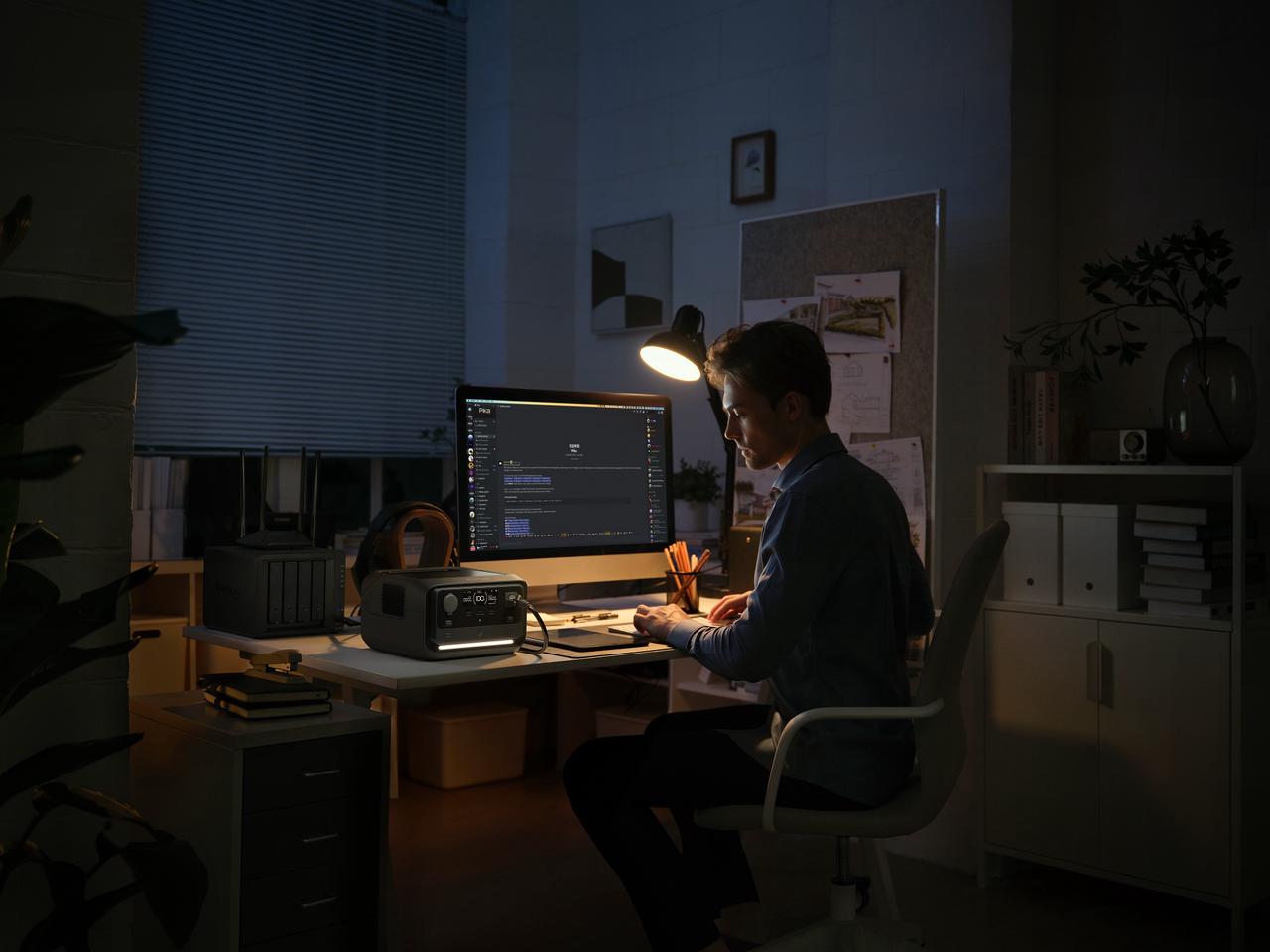- Can You Charge a Laptop Without a Charger at All?
- What Are the Safest Methods to Charge a Laptop Without Its Original Charger?
- How to Use a Portable Power Station to Charge a Laptop Without Charger
- When Should You Use Solar or Car Charging for a Laptop?
- What Should You Avoid When Charging a Laptop Without Charger?
- Why Preparation Matters More Than You Think
- Conclusion: You Have More Power Than You Realize
- FAQs: How to Charge a Laptop Without Charger
How to Charge a Laptop Without Charger: 5 Safe and Proven Methods That Work Anywhere
- Can You Charge a Laptop Without a Charger at All?
- What Are the Safest Methods to Charge a Laptop Without Its Original Charger?
- How to Use a Portable Power Station to Charge a Laptop Without Charger
- When Should You Use Solar or Car Charging for a Laptop?
- What Should You Avoid When Charging a Laptop Without Charger?
- Why Preparation Matters More Than You Think
- Conclusion: You Have More Power Than You Realize
- FAQs: How to Charge a Laptop Without Charger
You sit down to get something done. Maybe you're on the road. Maybe you’re in a library. Maybe there’s a blackout. You open your bag, reach inside, and realize your laptop charger isn’t there. It’s either at home, broken, or forgotten. That sinking feeling? You’re not alone.
It’s a common problem, and it doesn’t always have a clear answer. The good news is: there are solutions. Some are easy. Others need a little planning. But the question stays the same: how to charge a laptop without charger?
Let’s break down what works, what doesn’t, and how to stay prepared.
Can You Charge a Laptop Without a Charger at All?
Most laptops need more than just any cable or adapter. They require a specific voltage and wattage, and many older models don’t support USB-C charging at all. That said, if your laptop is fairly modern or you plan ahead, it is absolutely possible to charge it without the original charger.
The key is using power sources that match the device’s power input. This is usually done through USB-C Power Delivery (PD), AC outlets, or DC adapters. The best part? Many of these options are safer and more flexible than they used to be.


What Are the Safest Methods to Charge a Laptop Without Its Original Charger?
When your charger’s gone, don’t panic. Several safe and effective tools can help. Here’s what works:
- USB-C Power Delivery (PD)
If your laptop supports USB-C charging (common on newer MacBooks, Chromebooks, and ultrabooks), you can use a high-wattage PD charger. You’ll need one that outputs 45W or higher—ideally 60W or more. - Portable Power Stations
These are small power boxes with AC and USB outputs. They let you charge from an AC plug or directly through USB-C PD. They work at home, outdoors, or in a blackout. (More below.) - Car Chargers with Inverter
Some car outlets, paired with a proper inverter, can power a standard laptop charger or even a USB-C directly. It’s not always efficient, but for on-the-road charging, it can get the job done. - Docking Stations
If you’re working in a shared office or school, many docks offer USB-C or AC connections. Always double-check the power rating first.
Each method depends on your laptop model and available tools. If your laptop has a barrel connector and doesn’t support USB-C, focus on AC plug options.


How to Use a Portable Power Station to Charge a Laptop Without Charger
Let’s say you’re in a power outage. Or your charger failed in the middle of finals week. Maybe you’re just out camping. In each of these cases, a portable power station is a lifesaver.
Take the EcoFlow RIVER 2 for example. It’s one of the few truly compact options that meet modern laptop needs without overkill.
It offers a 60W USB-C PD output, which covers many laptops like MacBook Air, Dell XPS 13, and others.
There’s also a standard AC outlet, in case you still have your wall adapter.
What makes it stand out is how fast it charges—the station itself goes from 0 to 100% in just one hour from a wall outlet.
It uses LFP battery chemistry, which is safer and lasts longer than traditional lithium-ion.
At only 7.7 lbs, it’s light enough to throw in your backpack or car trunk.
Best of all? It doesn’t just charge laptops. It handles phones, tablets, cameras, lights—whatever your day demands.
This kind of power station isn’t a luxury anymore. For many, it’s the only backup that actually covers every device in their life.
When Should You Use Solar or Car Charging for a Laptop?
If you're living the van life, out in the woods, or preparing for emergencies, solar and car charging are solid choices. But timing and compatibility matter.
- Solar panels need a clear sky and a steady angle. They’re best paired with a power station like the RIVER 2. Direct solar-to-laptop charging is risky and usually not supported.
- Car outlets (12V) can work if you add a car inverter. These convert 12V DC into 110V AC, allowing you to plug in your standard laptop charger or even a USB-C PD adapter.
- Some modern cars have USB-C ports with high output, but many still cap at 10- 15W, too weak for laptops.
If you go this route, bring the right gear. Use only tested inverters. Never leave your laptop charging unattended in a hot car. And don’t rely on solar during stormy weather.
What Should You Avoid When Charging a Laptop Without Charger?
Not every trick you see online is safe. Some are downright dangerous. Here’s what you should stay away from:
- DIY adapter hacks like USB-A to round plug cables. These often don’t deliver enough power and can overheat.
- Using low-wattage phone chargers on laptops. They might light up your screen for a minute, but they won’t actually charge the battery.
- Non-certified power sources. Unstable voltage can fry your motherboard or cause short circuits.
- Plugging into outputs that aren’t labeled for laptops. Always check the label. Just because it fits doesn’t mean it’s safe.
A laptop is a high-value device. It’s worth investing in the right tools to protect it.
Why Preparation Matters More Than You Think
You never know when you’ll need to charge without your usual setup. Maybe it’s a missed flight. Maybe your pet chewed the cord. Maybe it’s just life.
Having a smart backup option ready makes a difference. A small device can charge your phone and laptop during a blackout, while everyone else scrambles.
You don’t need to use it daily. Just keep it charged and test it once in a while. Know it works. Know your cables. That confidence goes a long way in a power cut or a travel mess-up.


Conclusion: You Have More Power Than You Realize
Now you know how to charge a laptop without charger using methods that actually work. Here’s a quick recap:
- Use a USB-C PD charger if your laptop supports it.
- Try a power station with USB-C or AC output.
- Use your car outlet with a proper inverter setup.
- Go solar when you're off-grid, but pair it with a storage unit.
- Avoid risky DIY tricks and cheap solutions.
Among all these, a good power station is the most flexible and reliable choice. The EcoFlow RIVER 2 is light, fast, and safe—ideal for students, travelers, and anyone who can’t afford downtime.
Charging without your laptop’s charger isn’t just possible—it’s surprisingly easy when you know what to do.
FAQs: How to Charge a Laptop Without Charger
Q1: Can I charge my laptop from a wireless power bank without a charger?
No, wireless power banks are not appropriate for laptop charging. Wireless charging is restricted to low power delivery, generally less than 15W, which is much less than what laptops demand, generally 45W to 100W. Even if your laptop is capable of wireless charging (extremely uncommon), it would also require a dedicated induction pad and manufacturer-approved support. In the majority of situations, wireless charging is only practical for phones, earbuds, or tiny tablets. For laptops, always utilize wired options such as USB-C PD or an AC outlet via a portable power station.
Q2: How can I determine if my laptop supports USB-C charging if I don’t have the original charger?
To find out, take a look at your laptop’s USB-C port and check for a lightning bolt or “PD” (Power Delivery) symbol next to it. If there’s no indication, check your manufacturer’s manual or support website. You can also experiment with a certified USB-C PD charger that's at least 60W, but do so at your own risk. Not all USB-C ports are meant for charging—some just support data transfer or video output. The wrong adapter won’t damage your laptop, but it also won’t deliver power, which will leave you in the lurch.
Q3: Is it safe to charge a laptop from a portable power station overnight?
Yes, it is safe if you’re using a high-quality, certified portable power station with regulated output. Products like the EcoFlow RIVER 2 have advanced battery management systems (BMS) that will prevent overcharging, overheating, or short-circuiting. Nevertheless, it’s a good habit to unplug when the device is fully charged, particularly in enclosed or poorly ventilated areas. If you plan to use it for an extended period of time, keep your power station on a hard surface, away from moisture or heat. Battery life also lasts longer if you don’t drain the station to 0% too often.
Q4: Can I use a phone charger to charge a laptop temporarily?
In most cases, a phone charger will not be suitable for laptops. Even if both use USB-C, phone chargers typically max out at 18W to 25W, while most laptops need at least 45W to simply sustain battery level. If you attempt this, your laptop may recognize the connection and refuse to charge or charge extremely slowly. It is not lethal in the short term, but it will not be a solution for you either. For emergencies, seek a 60W+ charger or, even better, a portable power station with USB-C PD output.
Q5: What shall I bring along when traveling in case I need to charge my laptop without a charger?
If you’re a frequent traveler, bring a portable USB-C PD charger of 60W or more, a USB-C cable that’s long and E-Marker certified, and a power station like the EcoFlow RIVER 2 if weight permits. If you anticipate charging in a car, you can also pack a car inverter. Mark your cables and test all your equipment at home to avoid surprises. It’s also wise to download offline manuals or specifications of your devices so that you can troubleshoot power problems without an internet connection.